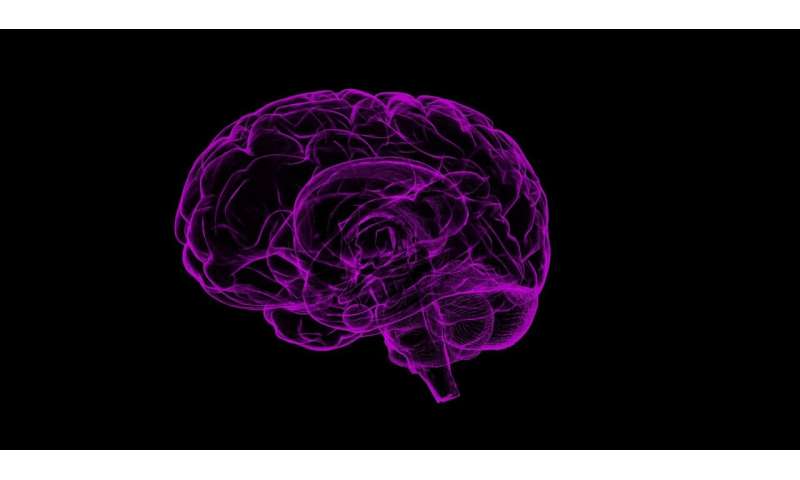
Future technology may be able to monitor and modify the brain to produce enhanced team performance, while increasing the efficiency and accuracy of decisions.
The U.S. Army may be able to use this information to enhance future operations.
“We are working toward fused human-technology systems that work synergistically to not only impact perceptions, decisions and actions of the Soldier, but also to enhance the hybrid human system’s capabilities for rapid and adaptive decision making,” said Dr. Javier Garcia, an Army neuroscientist.
The U.S. Army Combat Capabilities Development Command’s Army Research Laboratory, the Italian Institute of Technology, Italy, Harvard Medical School and the University of California, Irvine teamed up to study and advance research on the complexities of the human brain. Scientific Reports recently published the discoveries from their study.
Building on previous studies, the researchers used transcranial magnetic stimulation, or TMS, and within minutes of continuous stimulation, subjects were placed in a functional magnetic resonance imaging, or fMRI, scanner and asked to perform a very challenging attention tracking task.
“TMS is the type of neurostimulation that is simply an electromagnet that you put on your head and as you quickly send pulses through the electromagnetic, it induces current into whatever conductive body is next to it will, modifying neural activity—and sometimes behavior,” Garcia said. “We are stimulating the brain, except in this stimulation protocol, we use very rapid and consecutive pulses to the brain to inhibit a part of the brain.”
Researchers used a stroke model to see neural changes after a specific part of the brain was inhibited and then tracked the brain’s recovery. They wanted to know how long the changes would last, the brain network changes due to the stimulation, and the behavioral consequences.
“Noninvasive brain stimulation is a tool that allows neuroscientists to gain insight into disease spreading and compensatory reorganization following stroke,” said Prof. Emily Grossman, UCI professor of cognitive science. “We know from patient and brain imaging work that brain injury to a focal, or localized, brain site has a spreading effect that destabilizes connected circuits far from the actual site of impact.”
She said in many cases the downstream effects are significant, but also difficult to predict due to the complicated nature of brain organization—best described as a set of large-scale networks that have various points of connection.
“In this study, we target the attention network of the brain, which consists of a specialized set of brain regions involved in controlling where and when we best encode information about the world around us,” Grossman said. “Visual attention is essential for everything we do in daily life, including tasks like monitoring streams of visual information when driving, engaging in conversation and tracking our children on a busy soccer field.”
When individuals experience an injury to the attention network, tracking skills become impaired and it is more difficult to maintain focus on individual items embedded in a cluttered environment, she said.
“This study suggests that recovery may depend, in part, on the compensatory reorganization of brain networks downstream and connected to the site of impact,” Grossman said. “These downstream networks experienced a brief interval of dynamic reorganization after stimulation, and are known to be important for manipulating information that we are attending to and are using to make decisions about events in the visual environment.”
Researchers at the lab are investing in a variety of techniques and methods to extend the state of the art in real-world neuroimaging.
“This unique collaboration brings cognitive, clinical, and army researchers together from across the globe to probe the dynamic network changes as a consequence of neurostimulation,” Garcia said. “While we provided the innovative methods and analysis to this research—others brought the clinical and cognitive aspects.”
Source: Read Full Article